Heritage Month: UCT’s art curators aim for representative, researchable collection
22 September 2022 | Story Helen Swingler. Photos Lerato Maduna. Read time 8 min.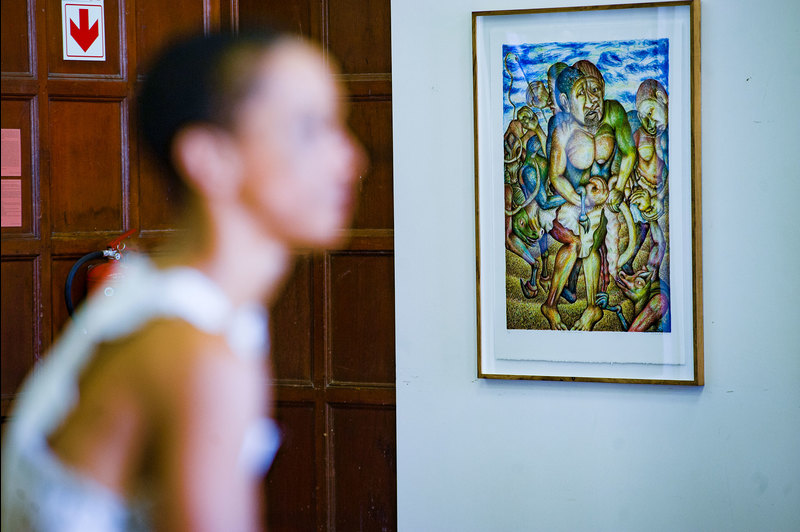
At the centre of the University of Cape Town’s (UCT) cultural heritage is a disparate 1 400-piece art collection by over 700 artists, accumulated over decades. Some works have been donated, some acquired, and others bequeathed. But there are glaring gaps in the collection that must be addressed, said the Works of Art Collection (WOAC) committee chairperson, Associate Professor Nomusa Makhubu.
The aim is to create a more Africa-centred and gender-representative, modern and contemporary art collection that will attract international researchers, Associate Professor Makhubu said. Second, is to begin a long journey towards the dream of a permanent exhibition space on campus. And this will take more than a bit of magic, she said.
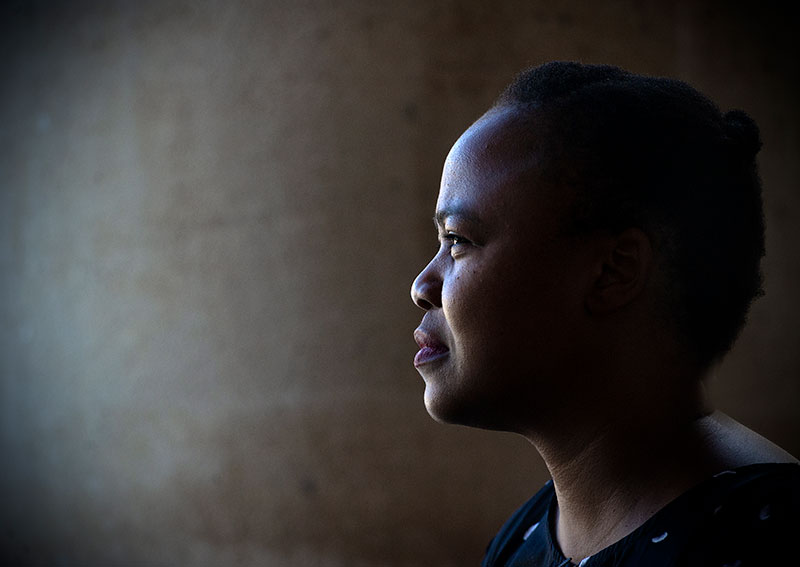
The extensive collection includes mostly contemporary art and some classical and modern art: paintings, photographs, drawings, fibre and textile art, prints, statues, sculptures – and now live performance art. Some works are in storage, but most are distributed among 70 buildings around UCT’s campuses.
“It’s not just about seeing the works but that they become resources for us to generate research.”
“The collection hasn’t always been very focused on its collection approaches and needs some curatorial coherence, with an inclusive linking of acquisition to heritage,” said Makhubu, an award-winning artist and senior lecturer in art history at UCT’s Michaelis School of Fine Art.
The vision is for a researchable repository that attracts the world’s art scholars.
“It’s not just about seeing the works but that they become resources for us to generate research,” Makhubu said.
Inclusive visual culture
The importance of a representative, inclusive visual culture at UCT was starkly highlighted during the 2015 to 2017 Must Fall movements. Urged by these protests, the Artworks Task Team revised its terms of reference in 2018. They undertook to audit the collection, and address the gaps, particularly the representation of black artists – especially from South Africa and other African countries.
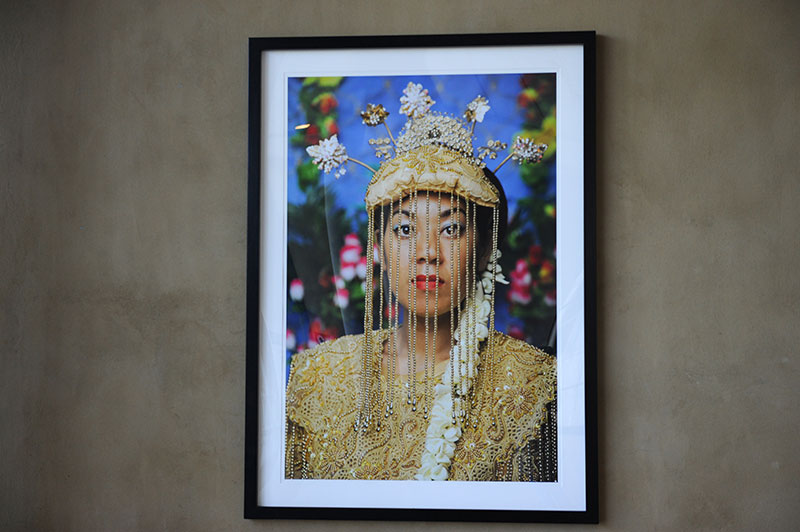
In response to the When Rain Clouds Gather exhibition at the Norval Foundation gallery, curated by Nontobeko Ntombela and Dr Portia Malatjie, Makhubu argued that it was significant in that it debunked the claim that there were none of few black women artists practicing in the 20th century. There’s a complex history attached to black women artists, said Makhubu. This lies along the porous boundary of what is considered art and what is seen as craft.
“Black women [creatives] weren’t always regarded as artists. Art history was centred on art production in Europe while it took an ethnographic approach to African art. It took a long time, for example, for artists like Esther Mahlangu, who painted Ndebele murals, to be considered artists.”
Exhibitions such as When Rain Clouds Gather and earlier exhibitions by Nkule Mabaso, which focused on artists like Helen Sebidi (2015) and abstract art by black women artists, have helped in shifting the way the committee addresses the gaps in its collection, said Makhubu.
“Although we have some amazing collections, such as the work of black photographer George Hallett, we don’t hold work by black women photographers such as Ruth Motau.”
Collecting black modern art is difficult as the works are either expensive or not circulating in the art market. The work of Sophie Peters is an example.
“In the past few years we have collected African contemporary women artists, such as Aida Muluneh (Ethiopia) and mostly South African artists like Faatimah Mohamed-Luke and Turiya Magadlela,” Makhubu said.
“And then our challenge is to look at what’s happening in the rest of the country and the continent so that we can balance the collection and make it internationally relevant.”
Live art performances
In recent years the committee has also focused on multimedia acquisitions, one of the gaps in the collection.
Live art is a new category introduction. The committee recently commissioned five new live art performances and this was termed The Fire This Time, based on the contribution of the independent curator Pamella Dlungwana who was the project manager at the time. These were installed and filmed in the Sarah Baartman precinct on upper campus earlier this year.
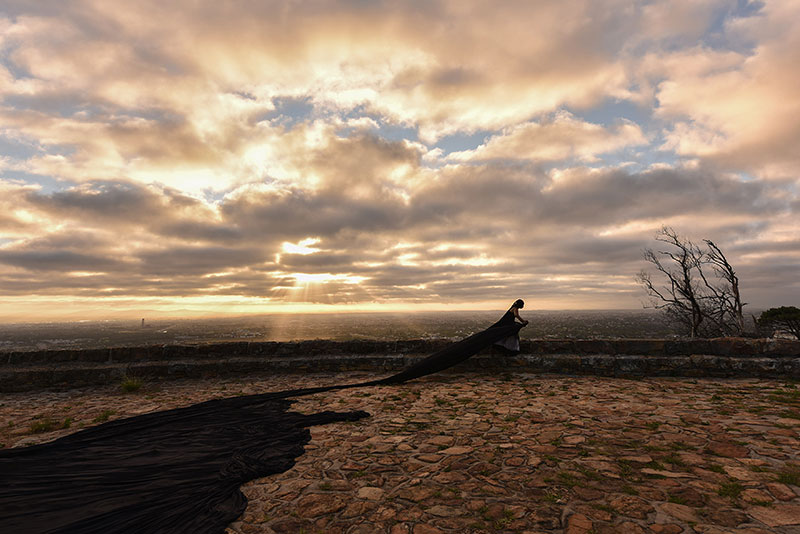
The Fire This Time is a collaborative project with UCT’s Institute for Creative Arts in the Faculty of Humanities. The films were recently launched to a broader public at the Sarah Baartman precinct, which has been a central site of protest for decades. The artists featured are Qondiswa James, Grant Jurius, Lukhanyiso Skosana and the collaboration of Lesiba Mabitsela and Lorin Sookool.
“And with the commissioning of live performances, we were trying to think about accepting temporality and impermanence.”
“Often, we think about heritage in terms of permanence. And with the commissioning of live performances, we were shifting to accepting temporality and impermanence … accepting dynamic time as a central aspect of heritage,” Makhubu explained.
Gender, sexuality and race
Gender, sexuality and race are also considered themes in the collection. Local artists, such as Lady Skollie, are engaging with gender and sexuality, and Senzeni Marasela’s works centre around representations of Sarah Baartman, and generally black women’s bodies.
“And there are many who are engaging with a much more sort of philosophical understandings of black life and black experience.”
It’s another way to start to think about heritage, considering how spaces are engendered. “As a committee, we try to work with an open mind to heritage,” Makhubu said.
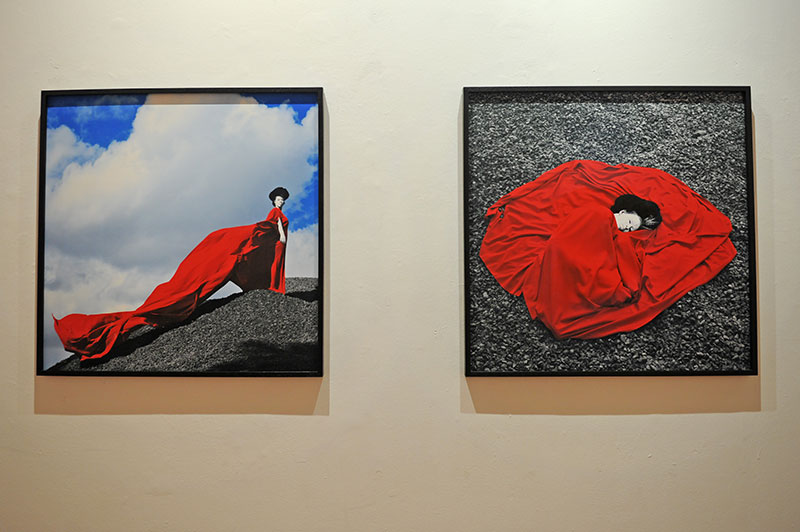
Presence on campus
Part of the committee’s mission is to offer an inspiring and transformative intellectual repository for cultural, educational, scientific and artistic research scholarship. This is one shared by academics, students, staff and cultural communities in and around UCT. The committee’s long-held dream is for a dedicated art centre on campus to permanently display and share this evolving heritage.
“It’s about investing in the academic project and using the collection as a research and teaching resource. There [must be] a place on campus where we can go, find the artworks, research them and give classes to students about them – and where the general public can also visit.
“It’s not just about seeing the art, but that the collection becomes a resource for us to generate research.”
“The ideal would be a space where researchers can visit and say, ‘I’m studying this artist. I would like to look at that work in your collection’. We don’t have that.”
A world-class centre will be an investment in UCT’s intellectual enterprise, part of the academic project.
“It would be a resource centre that keeps the artworks, conserves them, and continuously researches them. So, it’s not just about seeing the art, but that the collection becomes a resource for us to generate research.”
In terms of heritage and the visual experience of the campus, the committee is looking beyond art to statues, plaques and memorials.
“It’s often an area we’re not much engaged in,” said Makhubu, “but it’s particularly important because of the hidden histories of this campus.”
 This work is licensed under a Creative Commons Attribution-NoDerivatives 4.0 International License.
This work is licensed under a Creative Commons Attribution-NoDerivatives 4.0 International License.
Please view the republishing articles page for more information.










